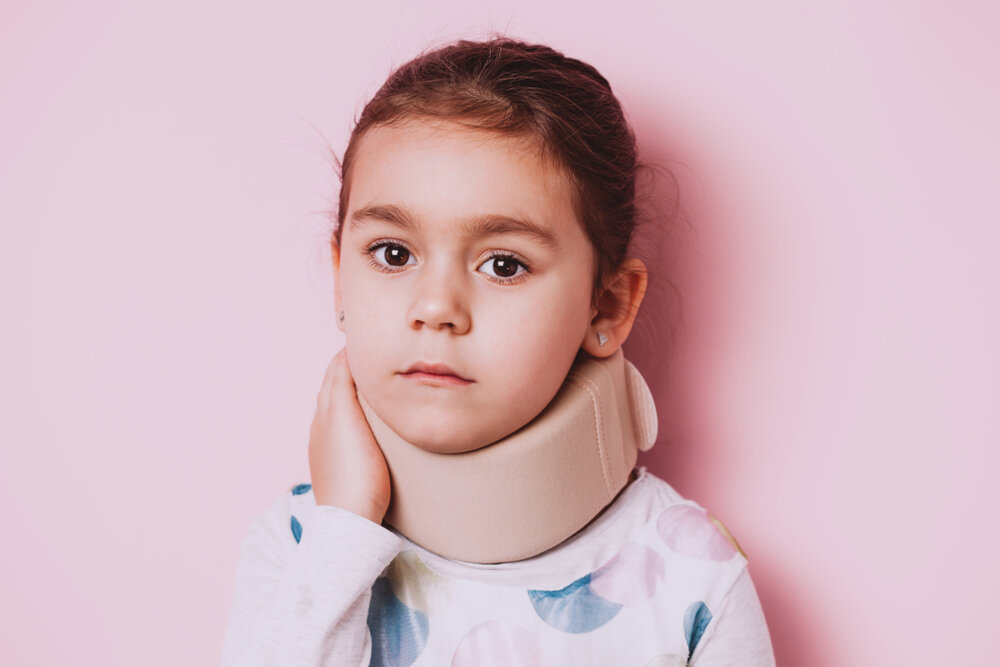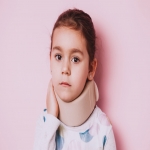Scoliosis bracing is usually recommended by orthopedic doctors for children and teenagers who are still growing and have a curvature of 25 degrees or more. A scoliosis brace's main purpose is to prevent the curve from worsening to the point where surgery is required. Bracing helps some people reduce their curves. Only a scoliosis specialist can tell you if he/she needs braces.

What You Should Know About Scoliosis
From the base of the head to the hips, the spinal column is made up of a succession of bones. These bones are referred to as vertebrae in more detail. The spinal cord—a bundle of nerves that connects the brain to the rest of the body—is housed in the spinal column (i.e. the vertebrae).
Furthermore, the spine has its own inherent curvature. These curves help sustain our body weight and are important for maintaining balance and posture. The typical curves of the spine shift inward and outward to maintain balance. When viewed from the side of the body, this creates an "S" form.
Curves that are out of the ordinary are also possible. An excessive inward or outward curvature might be part of a spinal malformation. Scoliosis, on the other hand, causes the spine to twist and rotate sideways. When viewed from behind, the spine may resemble an "S" or "C" rather than a straight line.
What part of the spine does this happen in?
The thoracic spine, or middle and upper back, is where most cases of pediatric scoliosis occur. These curves can also appear in the lower back (or lumbar) area. Some children develop scoliosis in both sections of the spine, which is less common.
What are the signs and symptoms of scoliosis in children?
The anomaly may not manifest symptoms in persons with minor forms of scoliosis. Small curves may go unnoticed until puberty, when a growth spurt occurs.
-
One raised shoulder than the other
-
Prominent ribs on one body side
-
One hip is higher than the other
-
Clothes don't fit correctly
-
Painful local muscles and ligaments
-
Irregular waistline
-
Decreased pulmonary function in an extreme condition
When Is a Scoliosis Brace Beneficial?
Not everyone will benefit from a scoliosis brace. Fortunately, some youngsters who are still growing can benefit. When the aberrant spinal curvature is between 25 and 45 degrees, a brace is most useful.
It's vital to understand that scoliosis bracing will not straighten an existing curve. However, it prevents the curvature from worsening. In fact, wearing a scoliosis brace may lessen your child's need for surgical treatment, such as spinal fusion.
The curvature of a child's spine and the structure of his or her body change according to individuals. As you might expect, there are a range of scoliosis braces to accommodate these variances. Each brace will be tailored to your child's specific needs by a scoliosis specialist. See us at Neuroscience Specialists for any neurological and spine, neck and back related issues.
**Disclaimer- Information presented here is not intended to be qualified medical advice. Nothing expressed herein creates a doctor-patient relationship.

